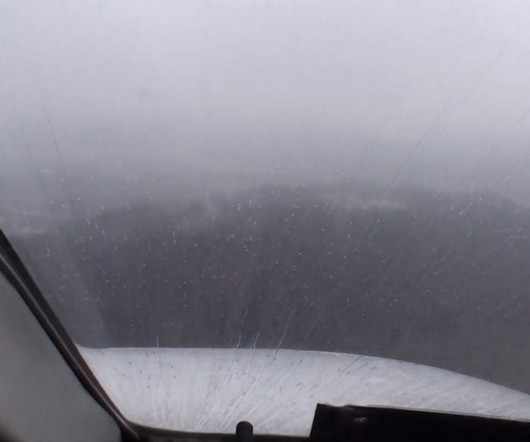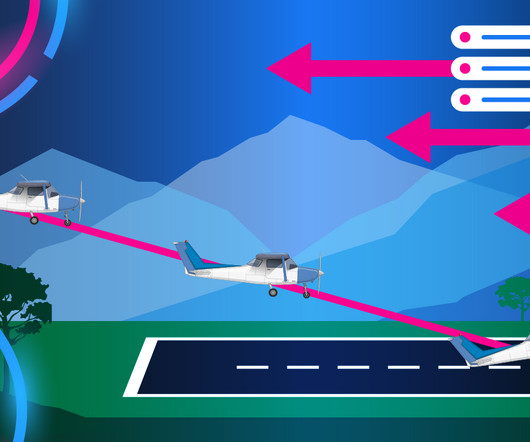Danger lurks in circling approaches
Air Facts
MAY 10, 2024
Perhaps just prior to the start of descent could be the optimum time–certainly completed no later than commencement of approach. Particular attention to true airspeed vs. turn radius. Recall that we must remain at or above MDA until we are in a normal position to perform a normal rate of descent to landing.











Let's personalize your content